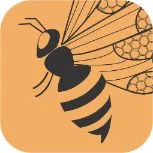Comprehensive Detailed Guide about Lavender Honey
Honey, the sweet, viscous liquid food, is one of the honeybees' wonderful food ingredients. Consuming a teaspoonful of honey surprisingly benefits our body and mind. Honey bees, being the most hardworking creatures, produce more than 300 varieties of honey. That's genuinely amazing, right! This concentrated energy source & an ancient folk remedy is available in different flavors, colors & aromas, all because of the difference in nectar collected by the honeybees. Lavender honey is a beautiful monofloral honey variety that has become popular these days. Let us know more about this unique honey type today
Table Of Contents

- What is lavender honey?
- Characteristics of Lavender Honey
- About Lavender Plant
- How is Lavender Honey Made?
- Some Unique Antioxidants Found in Lavender Honey
- Benefits of Lavender Honey
- Ways to Use Lavender Honey
- Is Lavender Honey Vegan?
- Does Lavender Honey Expire?
- Risks & Precautions for Consuming Lavender Honey
- Takeaway
- Our Lavender Honey
What is Lavender Honey?
Lavender honey is a premium honey variety produced by the bees using the nectar of lavender flowers. Lavender plants are the perfect honey plant with bright purple/violet flowers that bloom in summers. In addition, it is one of the most fragrant plants whose benefits are enjoyed for thousands of years.
Honeybees collect nectar primarily from the lavender flowers. However, they may collect pollen particles, which are usually added to the honey. Though these pollen are considered to be the main allergens in honey, they are incredibly beneficial compounds that add to its antibacterial properties and basically make honey what it is.
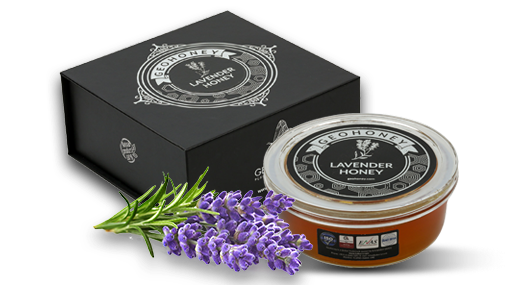
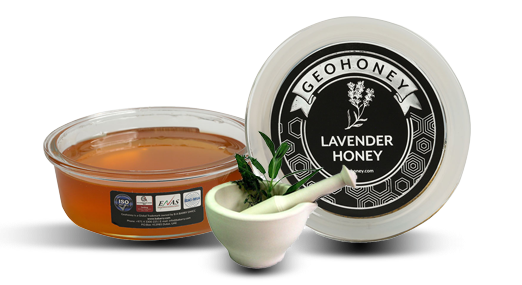
Characteristics of Lavender Honey
Lavender honey is a smooth, aromatic monofloral honey variety offering multiple health benefits, notably antibacterial and antiseptic action, antioxidant and digestive benefits and soothing and calming properties. It is flowery, well-balanced and pleasant honey type that offers a very fine aroma. Lavender honey carries a persistent medium sweet taste and a delicate floral scent with an evident Lavender component. This variety of honey has a clear, light yellow color with rich golden undertones and a viscous texture. Unlike other honey varieties, it has a medium crystallization rate, turning into a paler yellow-beige color.
About Lavender Plant
There are about 45 species and over 400 varieties of the lavender plant. These fragrant plants are members of the mint family and are used in the kitchen and medicines to make essential oils and for aromatherapy. Lavender has a native origin in Persia and the Spanish Canary islands. Nowadays, these plants are grown in many countries, such as Tasmania, Spain, India, Arabia, Italy, England, China, Yugoslavia, Bulgaria, North America, Australia, New Zealand, and southern France.
These are small evergreen shrubs with linear green leaves and purple flowers. The shining oil glands embedded among tiny plant hairs that cover the flowers, leaves, and stems are responsible for the fragrance. These plants do not produce seeds but are cultivated by cutting or dividing the roots.
Plants can last as long as 15 years and flourish in unfortunate conditions in your nursery. It can bloom up to three times each year when cut back and is lovely while dried, holding its solid aroma. True lavender, lavender, spike lavender, Spanish lavender are the most common species known.
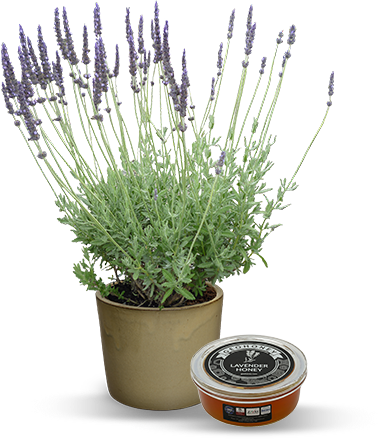
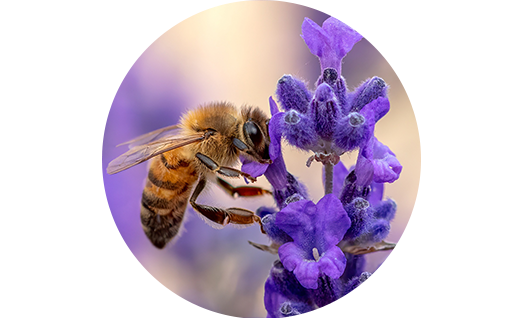
How is Lavender Honey Made?
Lavender honey is produced by the bees having hives very close to the lavender fields. Worker bees collect the nectar from millions of lavender blossoms and transfer it to their honey stomach. Once they return to their hives, this nectar is passed from bee to bee to mix with the particular enzyme in their mouth. This bee enzyme breaks down the sugar in the nectar.
This nectar is then stored in the honeycombs to lessen the water content. Finally, hive bees fan their wings to reduce the water content to as low as 20%, transforming it into honey. The hive members use this honey for survival.
Some Unique Antioxidants Found in Lavender Honey
All honey varieties contain valuable antioxidants that counter the body's damaging action of free radicals. Lavender honey is also rich in antioxidants that help prevent or treat specific conditions in the body. Some of which are
Tyrosine – It is the primary amino acid found in all honey varieties. Our body uses it to make neurotransmitters that help cure specific problems involving the brain. Apart from this, our body uses vitamin C, folic acid, niacin, etc., to convert tyrosine into other essential protein substances: estrogen, melanin, and skin pigment.
The anti-fungal actions of lavender honey could be vital to treat various mycotic (fungal) infections. Luteolin is another essential antioxidant found in lavender honey, which supports the immune system, maintains blood glucose levels, and protects the eyes from UV radiation. In addition, it helps in neutralizing free radicals and helps limit their harmful effects.
The phenolic acid composition of lavender honey is portrayed by its undeniable degrees of gallic acid and caffeic acid. Gallic acid has got a ton of consideration in scientific circles because of its capacity to kill cancer growth cells without hurting healthy cells. Caffeic acid is regularly utilized in supplements to boost athletic performance or treat exercise-related fatigue.
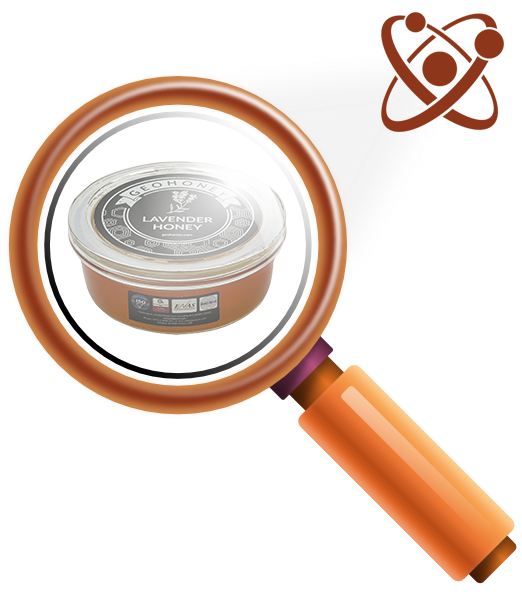

Benefits of Lavender Honey
-
Strong Antiseptic & Antibacterial Action
Lavender honey is full of antiseptic & antibacterial properties that help destroy pathogenic bacteria and inhibit bacterial growth. These properties thus assist greatly in healing wounds, cuts & other skin infections.
-
Treats Respiratory Infections
Lavender honey overall is an incredible natural remedy for cold and sore throat. Its dense texture makes it incredible for soothing throat soreness, alleviating irritation, and permitting it to heal. In addition, its antibacterial activity diminishes bacterial load, thus treating respiratory tract infections like the common cold, flu, etc. It is suggested to either add honey to tea or consume it directly. Raw, natural, unfiltered honey is best since it actually contains its beneficial components like nutrients, pollen, etc.
-
Relieves Stress & Pain
Mild antispasmodic effects of Lavender honey make it a great natural ingredient to relieve stress & pain. These impacts can be compared to those of lavender oil and lavender tea; however, they might be less articulated. This is because the biologically active compounds of the lavender plant are transferred to the honey through nectar collected by the honeybees and thus offer similar effects to those of other lavender preparations.
-
Improves Skin Health
Lavender is too good for the skin. The antibacterial action of lavender honey reduces the frequency of acne breakouts. It also soothes the skin, calms redness & irritation, and gives a natural radiance to the skin. Using a honey face pack or applying honey directly on the face cleanses the pores and manages acne.
-
Energizes the Body Instantly
It is mainly a rich source of aromatic compounds, antioxidants, and nutrients. It also contains essential amino acids and is an excellent source of natural sugars, making it a good solution for preventing hypoglycemia. Consuming a teaspoonful of lavender honey gives instant energy to the body.
Ways to Use Lavender Honey
- It pairs perfectly well with toasts, bread, biscuits, pancakes, and waffles.
- It is also a unique honey ice cream for all those entirely in love with its flavor.
- It is also good to use it in desserts, baking goods, and beverages.
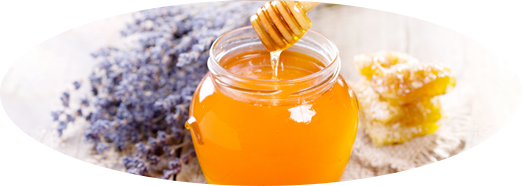
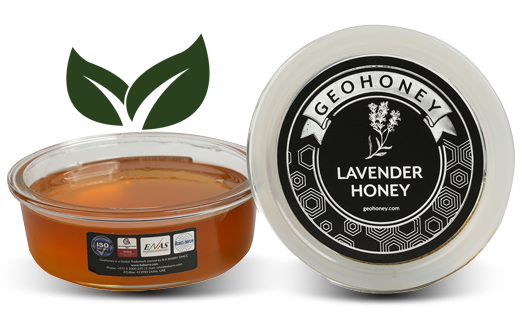
Is Lavender Honey Vegan?
Vegan people avoid the use & consumption of products obtained from the exploitation of animals. Thus, the consumption of honey is a hot debate topic among vegan people as insects make it. Many vegan people think that honey consumption is ok, but some oppose it.
This is mainly because vegans believe commercial bee farmers exploit bees for maximum honey production. Some believe that beekeepers take away honey from beehives and replace them with sucrose or high-fructose, which do not fulfill the nutritional requirements of the bees and are even harmful to their health.
Some vegan people say that beekeepers employ unethical practices that include clipping queen bee wings, replacing honey with sugar syrups, and killing entire bee colonies to stop the spread of diseases.
Does Lavender Honey Expire?
Lavender honey never spoils. However, it has a medium crystallization rate and may change color from clear to cloudy over time. However, ensure that honey is not exposed to moisture; otherwise, it will become unsafe for consumption. This is because the water in honey interacts with sugars and gives way to microbes' free way to multiply.
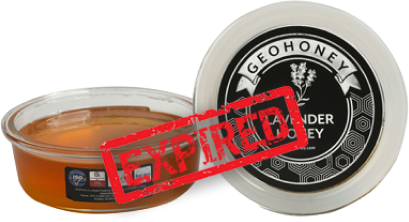
.png)
Risks & Precautions for Consuming Lavender Honey
Like other honey varieties, lavender honey can also cause allergic reactions to some individuals. People who are allergic to bee enzymes, bee pollen, and other bee products should avoid the consumption of lavender honey.
It is also recommended to have a skin allergy test to know whether the consumption of honey is safe or not. Pregnant & breastfeeding women should also avoid consuming lavender honey as it can cause adverse effects on the babies.
Takeaway
Lavender honey is a beautiful variety enticing people with its delicate fragrance, moderately sweet taste, and rich color. It is highly nutritious and energizing for the body, making it a perfect addition to your daily diet. However, such properties are only present in raw, unprocessed, and unheated honey available at Geohoney. Order a jar of this premium honey variety with us and find out what the buzz is all about!
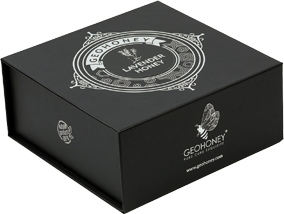
BUY OUR LAVENDER HONEY
What’s the buzz, Join the hive !
SIGN UP TO OUR NEWSLETTER
Be the first to know about our hot deals, new arrivals.


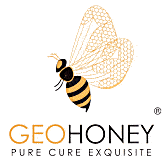





 Pay By Cards
Pay By Cards
 PayPal
PayPal
 Stripe
Stripe
 Other Payment Methods
Other Payment Methods







